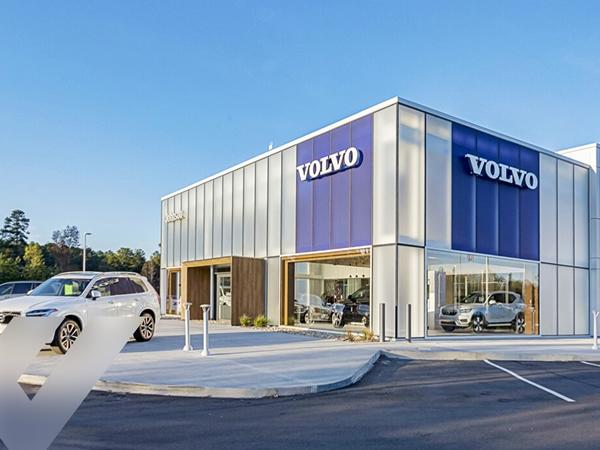
Date: 5 February 2020
Reporting on the advantages of natural light in a living or working space has grown significantly over the past few years. As more studies are completed, more evidence reveals the importance of exposure to daylight for people’s physical and mental wellbeing. This article explores the role that acid-etched glass can play in dispersing natural light within a given space – specifically, how to design for the optimal amount of daylight while maintaining appropriate levels of comfort, privacy and other occupant requirements.
Just the Right Amount
Probably the most important daylighting design consideration is to make sure you don’t allow too much direct sunlight into the space. Too much natural light brings heat, glare and harmful UV rays into the area. The end goal is to maximize the light for the good and not the bad. The use of etched glass will enable the designer to control these potential drawbacks.
Many think that acid-etched glass reduces visible light transmittance – this is simply not the case! For example, the visible light transmittance for 6mm clear glass will vary from 88 to 91% depending on the acid-etched finish used. Another benefit is the haze that is created when light passes through the acid-etched glass. The light is diffused uniformly into the space allowing the occupant to benefit from the natural light while maintaining a level of privacy.
The Right Glass Choice
Glass without any coating, etching or other treatment is not a great performer in this scenario. While beautiful and needed for the ultimate view, a plain glass product does not achieve the desired result in terms of optimal light penetration. Acid-etched glass allows natural light to enter a space in a highly dispersed manner while blocking the negative aspects mentioned above.
Walker Glass has been a leader in providing etched glass solutions for many years. Their line of etch products has been utilized extensively in buildings, both for exterior curtain walls and interior wall cladding applications, with the purpose of optimizing daylighting in building spaces.
“Walker’s product development team has been obsessed with daylighting and occupant comfort since the launch of our innovative etch line of products,” said Charles Alexander, Vice President Sales & Marketing of Walker Glass. “Our entire Textures program is dedicated to providing a truly superior solution, so when we looked at interior occupant comfort, we knew we had to have a comprehensive etch offering that allows the architect to meet their diverse and creative design needs while also ensuring occupant comfort and access to daylighting.”
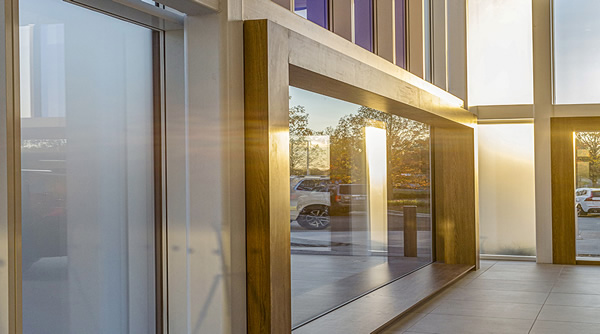
The Look and Finish
To comply with designers’ aesthetic visions, Walker’s acid-etched glass products come with varying finishes that can be matched with tints and patterned or transitioned to bring even more variety and artistic value to the space.
In the world of etched glass, all four of these categories are crucial.
Finishes are significant because they grant a high level of control over the amount and quality of light allowed into a space. Walker’s finishes range from Satinlite (the lightest option which greatly reduces glare) to Opaque (the darkest option with the highest level of light diffusion).
Tints offer the design team a selection of shades that can work with the rest of the building or the surroundings. While natural light is crucial to the wellbeing of a building’s occupants, a dash of color can also help bring life to a space.
Patterns can be used for additional reasons like light diffusion. A fully finished piece of glass may be too dark, and the inhabitants may need a level of visibility that is not permitted by a finish. Patterns are not only useful for diffusing light, but they can also be used to add style to a space, providing yet another design element that allows natural light through while enabling the architect to meet their goals.
Transitioned acid-etched glass is the newest feature in the lineup and it quite literally transitions from clear glass to an etched finish. In some cases, negative effects like glare or harmful UV rays are only present in a small area. With transitioned glass, you get the best of both worlds design wise, with maximum light penetration at one end of the glass and etching to help mitigate the negative effects at the other.
Between full finishes, tints, patterns, transitions and all their various combinations, acid-etched glass can cover every single need that a stakeholder has while providing every benefit that an occupant deserves.
“Walker’s product development team has been obsessed with daylighting and occupant comfort since the launch of our innovative etch line of products. ”
Additional Advantages to Acid-Etched Glass in Daylighting
Etched glass brings with it a multitude of additional advantages, beyond the ones mentioned above. In the areas of healthcare and education, the use of etched glass products makes a significant difference in healing and learning.
The article “We are outside animals: Why windows are critical for human health” explains both avenues well. Benefits for patients include reduced hospital stays, less pain felt, less pain medication taken and improved recovery. Good daylighting in a classroom setting reduces eye strain, relieving the visual stress associated with reading and improving information processing and learning ability.
Not Just for Humans
Our feathered friends also benefit from the properties of etched glass. When acid-etched patterns are used on the outside (1st) surface, it provides the greatest chance for birds to identify the glazed surface and avoid collision. An entire series of bird-safe glass solutions under the name of AviProtek® has been designed to provide architects and building owners a chance to integrate a product that will meet both their environmental and daylighting goals. With recent technological advancements, energy goals can now be met with acid-etching on the exterior surface in combination with high performance low-e coatings on the second surface.
The Future of Etched Glass is Now
The march toward allowing more natural light into a working or living space continues to gather momentum in the marketplace. The overall advantages are substantial and etched glass is proving itself to be a powerful tool for optimizing daylight in any space.
For additional information on the growth of daylighting and why it’s important:
https://walkerglass.com/daylighting-green-building-certifications
 600450
600450

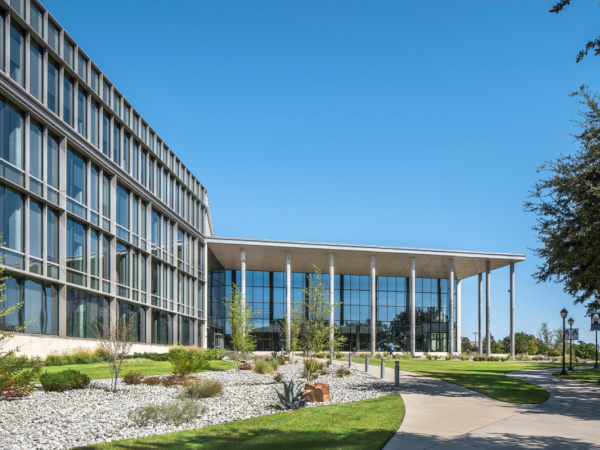

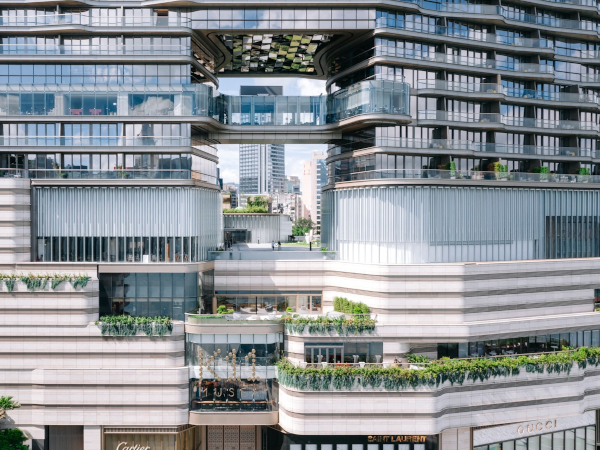
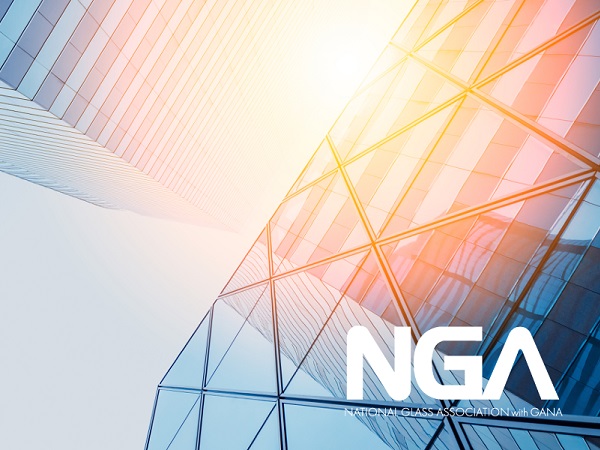
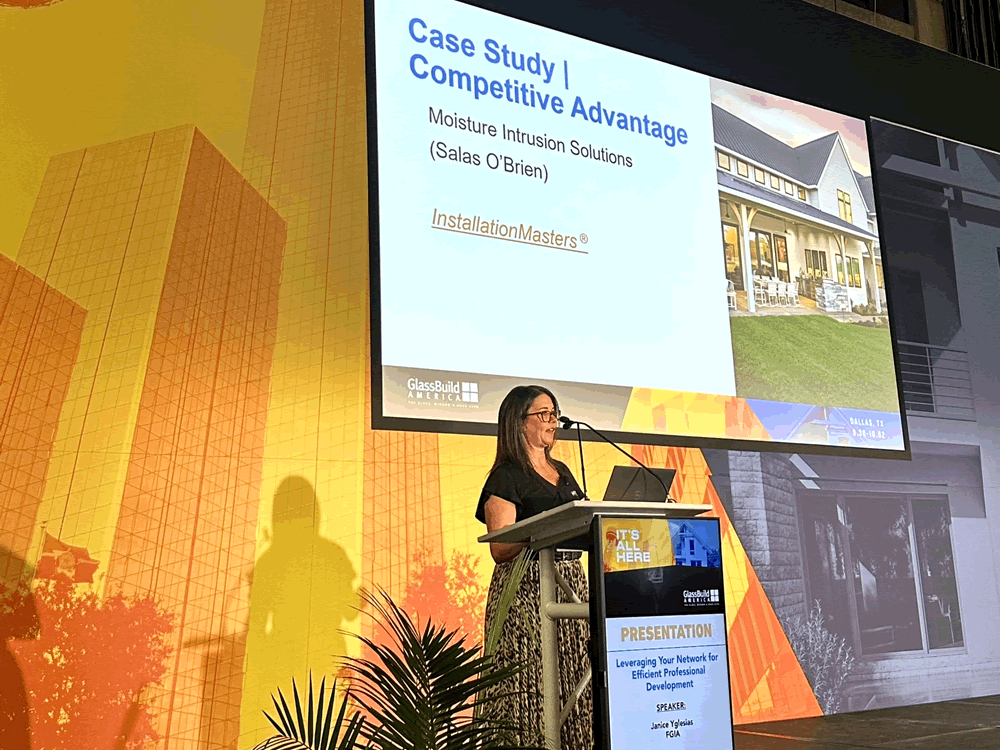
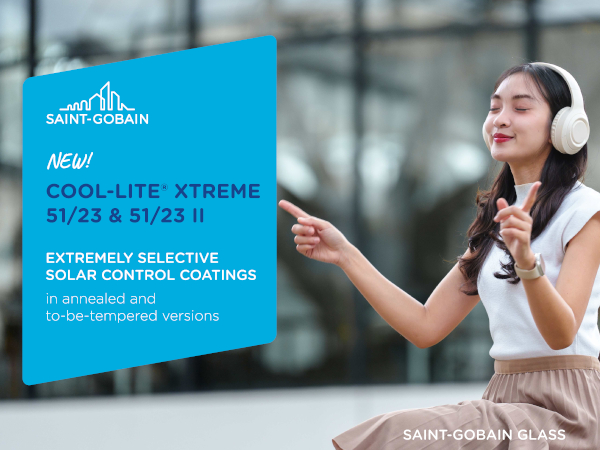






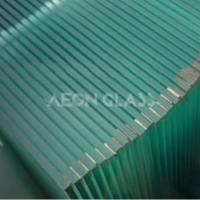


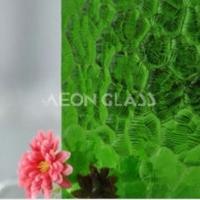

Add new comment